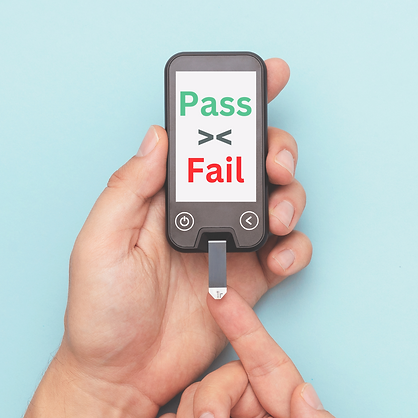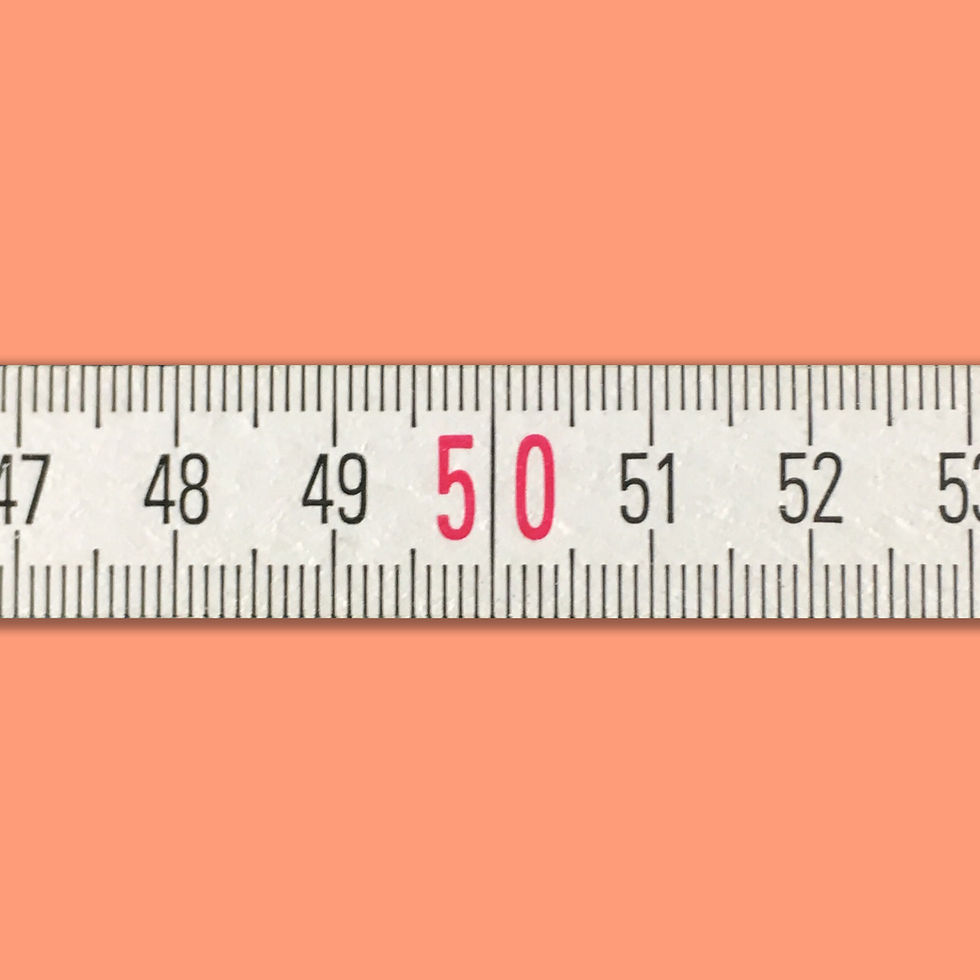We Must Reframe What We are Measuring In Public Schools

Please Note: This is an opinion piece. It is not filled with links to authoritative studies, or data analysis. I’m simply going to tell you what I know, from many years of designing curriculum, teaching students, teaching teachers, and studying tests and test scores our entire system has become dependent on.

We are not measuring what:
Initiates student engagement
Promotes long-term, sustained engagement
Critical thinking and action tools are necessary to problem solving
Leads to task completion
Makes enthusiastic and accomplished learners
All of these are much needed understandings for both our most and least effective learners and for those who educate them.

We are not measuring:
How to expand perspective.
How to identify key prerequisites to understanding (e.g., what comes before and between memorization and automatic implementation).
Which areas and kinds of understanding are most important to this historic time period, this environment which is so different in speed and variation from the past.
We learn nothing about these critical components of learning no matter how many tests are purchased, the vast resources spent on tracking the tests, or how many measures are developed from them to quantify school effectiveness.
Current testing calendars in almost all states also do not tell us whether students are even making progress within the test parameters because the tests are not well matched from beginning to end of year and from year to year for relevant, actionable use.

For at least 26 years our policy makers have insisted we continue to spend increasingly more time and more money on a single type of data collection: multiple choice standardized tests. Not only do we have numerical evidence for the monetary cost, but anecdotally we know testing now takes roughly one fifth of a school’s instructional year. During the remaining instructional time, students learn for the test, not for life.
According to eVA, Virginia’s procurement system, this year Virginia spent $217 million of taxpayer money with NCSPearson. Pearson is a testing company that provides SOL tests and various other tests and testing materials. According to Brookings, other states spend similar amounts on other tests like the PARCC, SBAC, and MCAS to the tune of $1.7 billion a year nationwide. The College Board (the PSAT, SAT and AP testing service) makes over $1 billion a year.
None of the policies or regulations and none of the tests have significantly moved the needle on learning.
Not No Child Left Behind
Not Common Core and Standards based Learning
Not the NAEP
Not State Exams
Not ESEA accountability reporting
Not the College Board tests
None of these have told us what we need to know to help our kids learn and thrive.
None of them have given reasonable predictability of positive long-term outcomes for our children.

Yet, our experts scramble and develop new formulas, new cut-scores, new technology tools, new standards, and new accountability regulations–year after year wasting yet more time on the databases that do no more than prove the ineffectiveness of our measuring systems.
It is time we reframed why, what, and how we are measuring, and the answers to those questions must come from the classroom, not from the board room.
Finally, do we even know how to assess whether we can teach our children how to live healthy, happy, knowledgeable, well adjusted lives?
Nobody in the Edusphere is asking.




Kommentare